To Comma or Not To Comma: How To Join Independent and Dependent Clauses
October 18, 2024
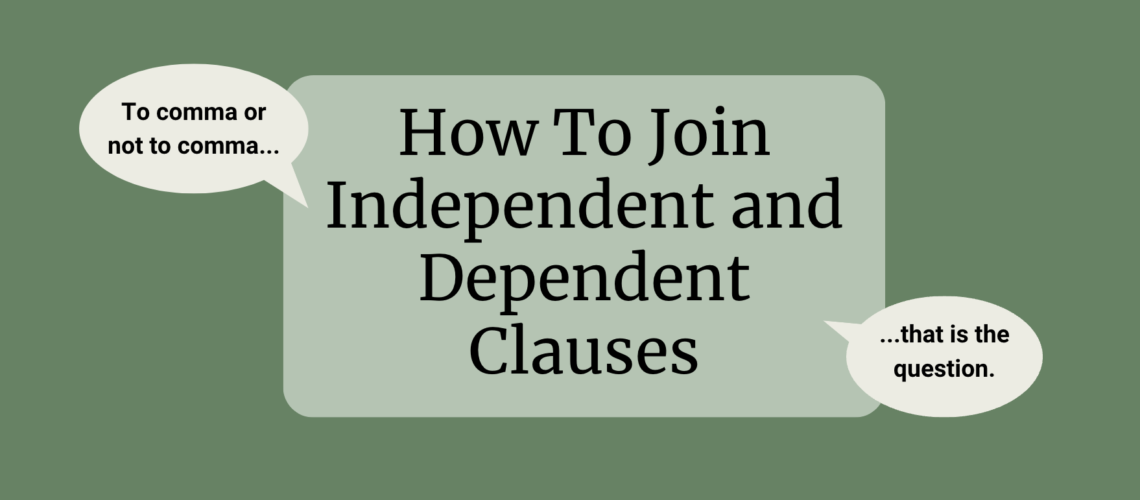
If we only had short, simple sentences, our writing would be super boring to read. Every sentence would be like this. There would be no variation. Books would be absolutely unbearable. We would sound like robots. Luckily, we’re not restricted to tiny sentences; instead, we can mix it up, adding dependent clauses and creatively combining them with independent clauses!
But how exactly do you join an independent and dependent clause? When do you need a comma? Which clause goes first? Let’s dive in!
Independent vs. Dependent Clauses
What makes a clause independent or dependent? In short, independent clauses can stand alone, and dependent clauses cannot. Both have a subject-verb pair (without that pair, it’d be just a phrase—not a clause at all), but dependent clauses have a subordinating conjunction or a relative pronoun that makes them dependent on the independent clause.
Here’s an independent clause:
The King and Queen invited the good fairies to their daughter’s christening.
Here’s that same clause with a subordinating conjunction added at the beginning, which turns it into a dependent clause:
Because the King and Queen invited the good fairies to their daughter’s christening…
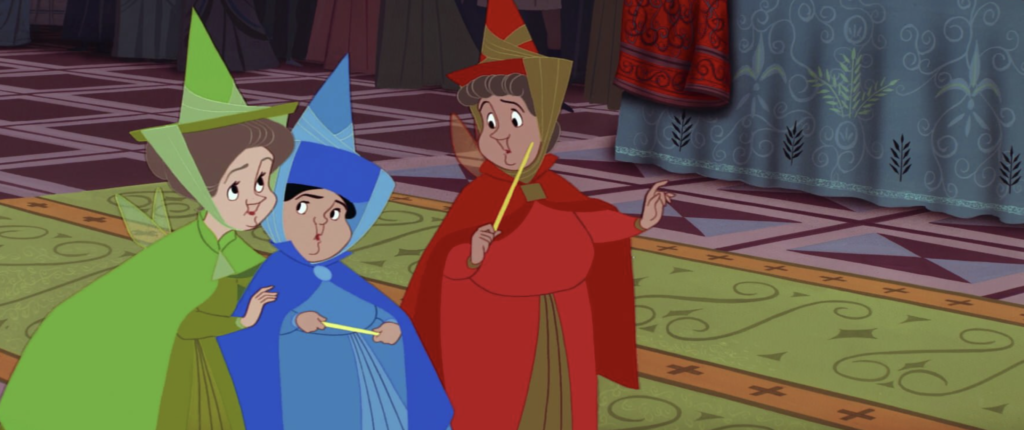
For more details about independent vs. dependent clauses, click here!
Joining Multiple Independent Clauses
If you have two (or more) independent clauses that you want to join together in the same sentence, you have a couple of different options.
First, you can join the clauses with a semicolon:
Flora, Fauna, and Merryweather—the three good fairies—brought gifts for Aurora; the evil fairy Maleficent brought a curse.
With a semicolon, you don’t need any extra words or transitions—you can just put one independent clause on one side and the other on the other side!
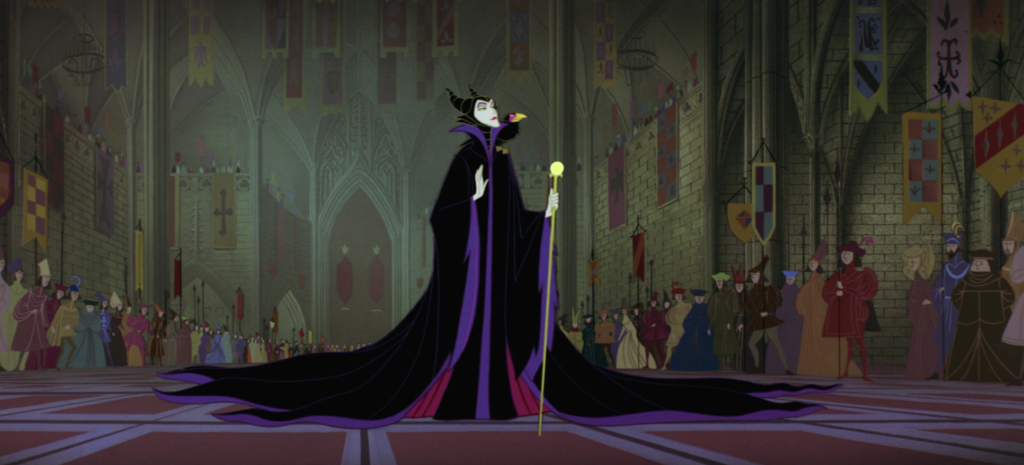
Another option for joining two independent clauses is a colon. A semicolon joins to clauses of equal weight; a colon signals that the clause coming next will amplify, explain, or prove the one before.
Maleficent placed a curse on baby Aurora: She will prick her finger on the spindle of a spinning wheel and die within sixteen years.
Learn more about colons and semicolons (and how they’re different) here!
A third option for joining independent clauses is a comma + coordinating conjunction. Coordinating conjunctions are those FANBOYS words: for, and, nor, but, or, yet, and so.
Maleficent’s curse seemed ominous, but Merryweather still had a gift to give the baby.
Don’t forget the comma before the conjunction!
Merryweather blessed Aurora to only fall asleep after pricking her finger and she declared true love’s kiss would break the spell.
Merryweather blessed Aurora to only fall asleep after pricking her finger, and she declared true love’s kiss would break the spell.
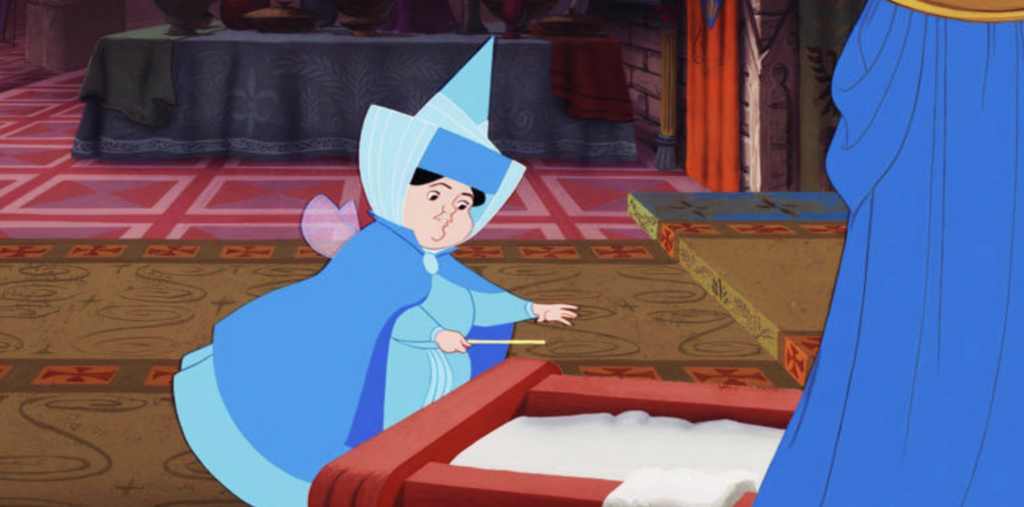
Learn more about how to join multiple independent clauses together (and how to AVOID a huge mistake) here!
Now that you know all about multiple independent clauses, let’s throw some dependent clauses in there!
Joining Independent and Dependent Clauses
There are three rules when it comes to joining independent and dependent clauses:
- DEP, IND.
- IND R-DEP.
- IND, NR-DEP.
If that looks like a load of nonsense to you, never fear: a few defined abbreviations should help!
- IND = independent clause
- DEP = dependent clause (includes both restrictive and nonrestrictive)
- R-DEP = restrictive independent clause
- NR-DEP = nonrestrictive independent clause
So the three rules mean…
- A comma follows any dependent clause that comes before an independent clause.
- When an independent clause comes before a restrictive dependent clause, no comma is needed before the dependent clause.
- When an independent clause comes before a nonrestrictive dependent clause, a comma is required before the dependent clause.
Not sure about the difference between restrictive and nonrestrictive dependent clauses? A restrictive dependent clause is essential to fully understand the meaning of the sentence. If the dependent clause is just extra information (merely supplementary or parenthetical; i.e., not essential to understanding the meaning of the sentence), it’s considered nonrestrictive.
Find more info about restrictive and nonrestrictive clauses in this post!
Let’s check out a few examples of these three rules!
DEP, IND.
When a dependent clause comes before an independent clause, you always need a comma after the dependent clause (whether it’s restrictive or nonrestrictive).
After Maleficent cursed Aurora King Stephan ordered all spinning wheels in the kingdom to be burned.
After Maleficent cursed Aurora, King Stephan ordered all spinning wheels in the kingdom to be burned.
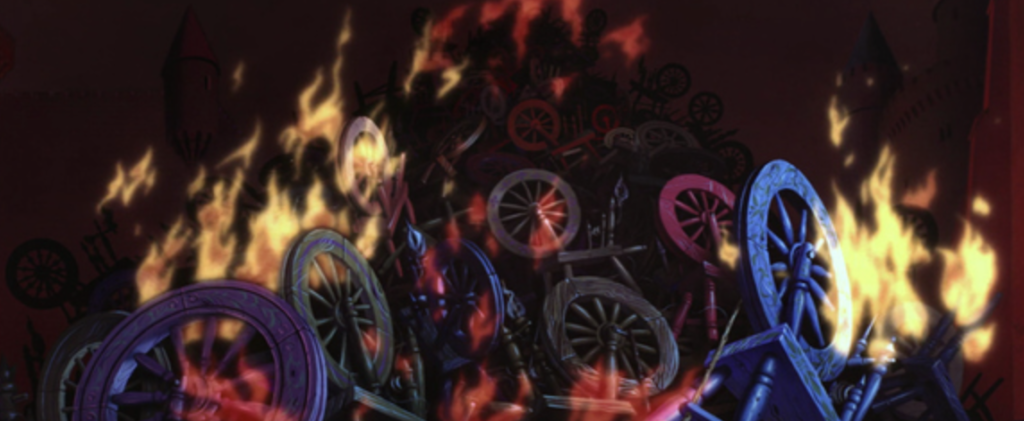
Since Aurora was still in danger the three good fairies offered to take care of her until her sixteenth birthday.
Since Aurora was still in danger, the three good fairies offered to take care of her until her sixteenth birthday.
IND R-DEP.
When an independent clause comes before a restrictive dependent clause, you do not need a comma after the independent clause.
The good fairies would need to give up their magic, if they were going to raise Aurora.
The good fairies would need to give up their magic if they were going to raise Aurora.
ALTERNATIVELY:
If they were going to raise Aurora, the good fairies would need to give up their magic. (following the DEP, IND. rule)
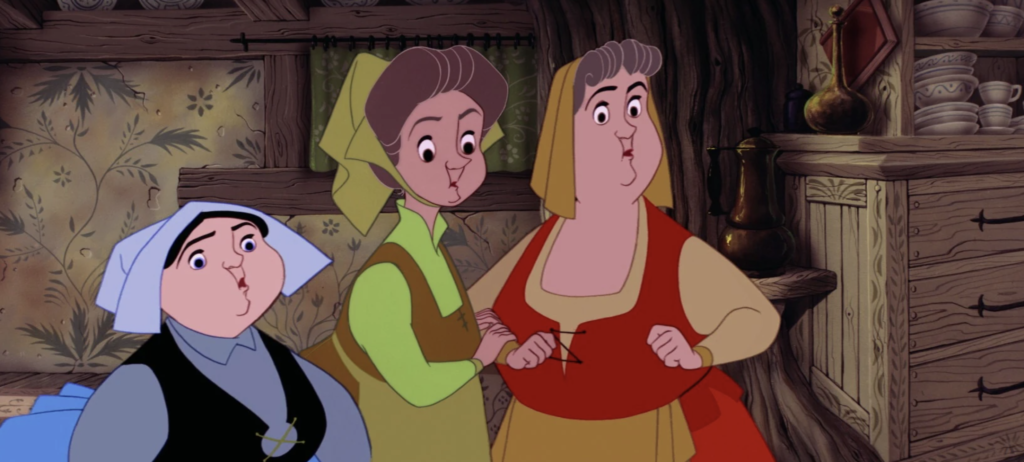
Here’s one more example:
Aurora met Prince Phillip, while she was out picking berries in the woods.
Aurora met Prince Phillip while she was out picking berries in the woods.
ALTERNATIVELY:
While she was out picking berries in the woods, Aurora met Prince Phillip. (following the DEP, IND. rule)

IND, NR-DEP.
When an independent clause comes before a nonrestrictive dependent clause, you do need a comma after the independent clause.
The fairies returned Aurora to her home in the castle even though her sixteenth birthday was not over yet.
The fairies returned Aurora to her home in the castle, even though her sixteenth birthday was not over yet.
Aurora pricked her finger on a spinning wheel which Maleficent had planned all along.
Aurora pricked her finger on a spinning wheel, which Maleficent had planned all along.
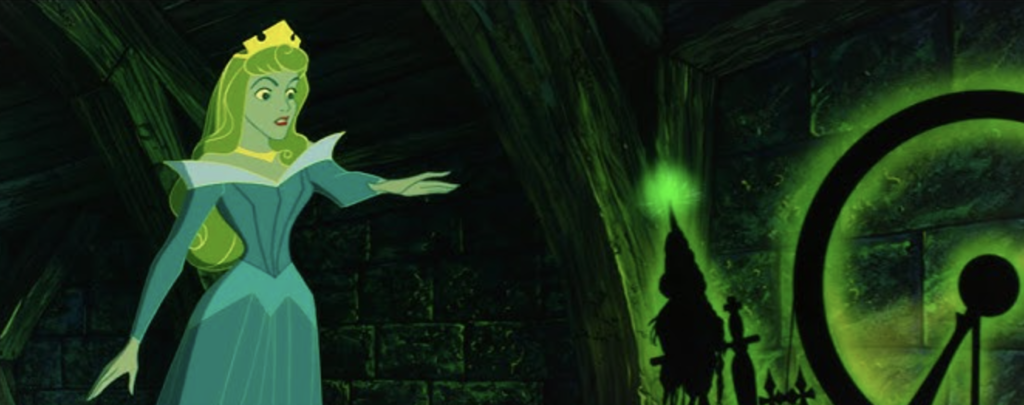
Commas with That and Which
That and which are relative pronouns that mean almost the same thing, but that is used for restrictive relative clauses and which is used for nonrestrictive relative clauses.
So, per the rules we just discussed, restrictive dependent clauses beginning with that are never set off with commas. Nonrestrictive dependent clauses beginning with which should always be set off with commas. This is true whether the dependent clause comes before or after the independent clause. Alternatively, the dependent clause might be stuck right inside an independent clause, as is the case in these examples:
The curse, that Aurora would fall into a deep sleep, was fulfilled.
The curse that Aurora would fall into a deep sleep was fulfilled.
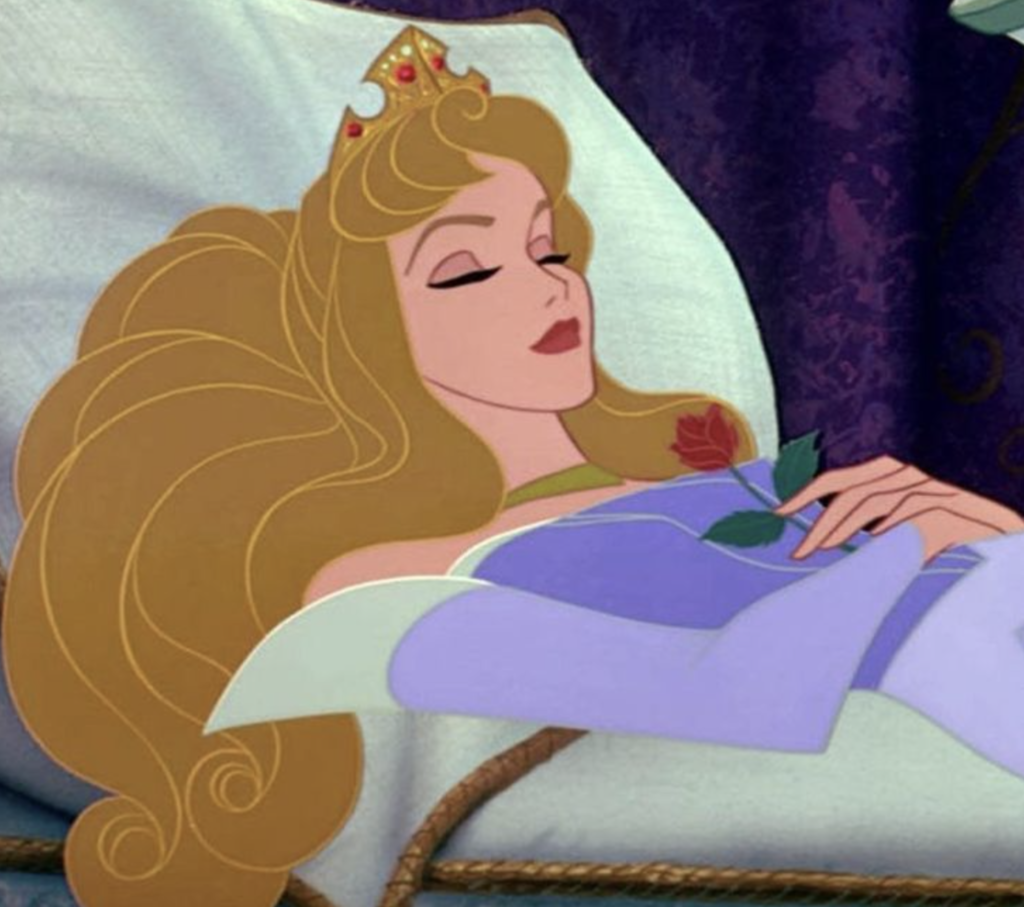
Prince Phillip escaped Maleficent which the evil fairy fought hard to prevent and woke Aurora with true love’s kiss.
Prince Phillip escaped Maleficent, which the evil fairy fought hard to prevent, and woke Aurora with true love’s kiss.

Many people get these two relative pronouns mixed up (using which when they actually need that and vice versa), so I wrote a whole post about these two words to help you keep them straight!
Check out my post about that and which here!
A Few Extra Rules, Just for Fun
The Chicago Manual of Style lists these two rules concerning independent and dependent clauses:
1. When a dependent clause comes between two independent clauses joined by a coordinating conjunction—causing the coordinating and subordinating conjunctions to appear next to each other (e.g., and if, but because)—the conjunctions do not need to be separated by a comma. Commas ARE required before the coordinating conjunction and after the dependent clause, but not between the coordinating and subordinating conjunctions.
- Aurora awakened from her deep sleep, but, if Prince Phillip had not come, she would not have been saved.
- Aurora awakened from her deep sleep, but if Prince Phillip had not come, she would not have been saved.
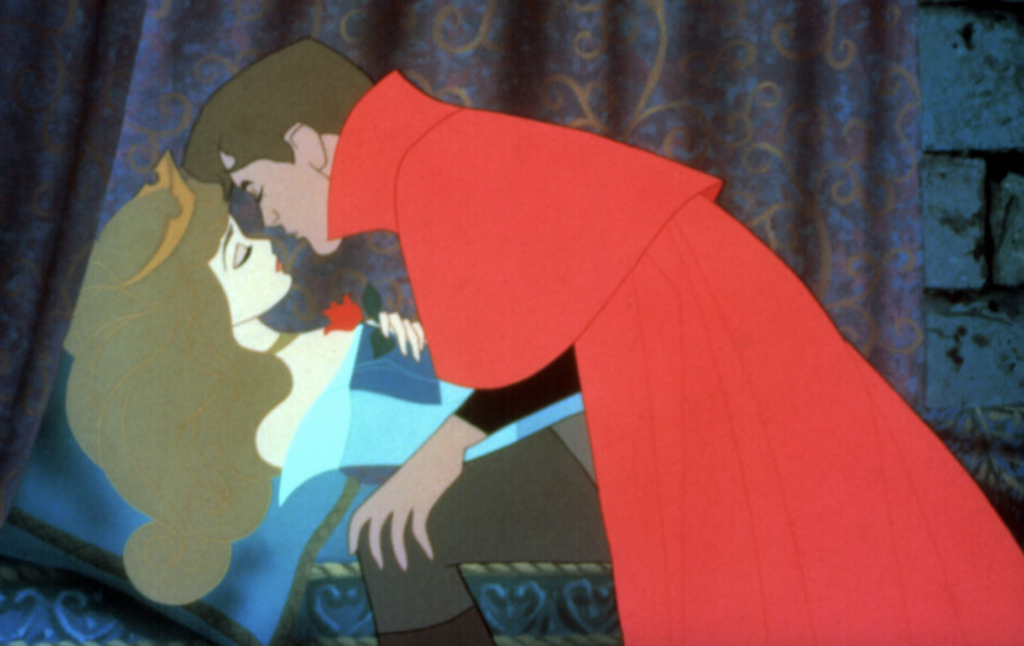
2. When a dependent clause comes between an independent clause and a dependent clause introduced by a subordinating conjunction, you do not need a comma between the two subordinating conjunctions (e.g., that if).
- The King and Queen decided that, because Aurora and Prince Phillip loved each other, they should be married.
- The King and Queen decided that because Aurora and Prince Phillip loved each other, they should be married.
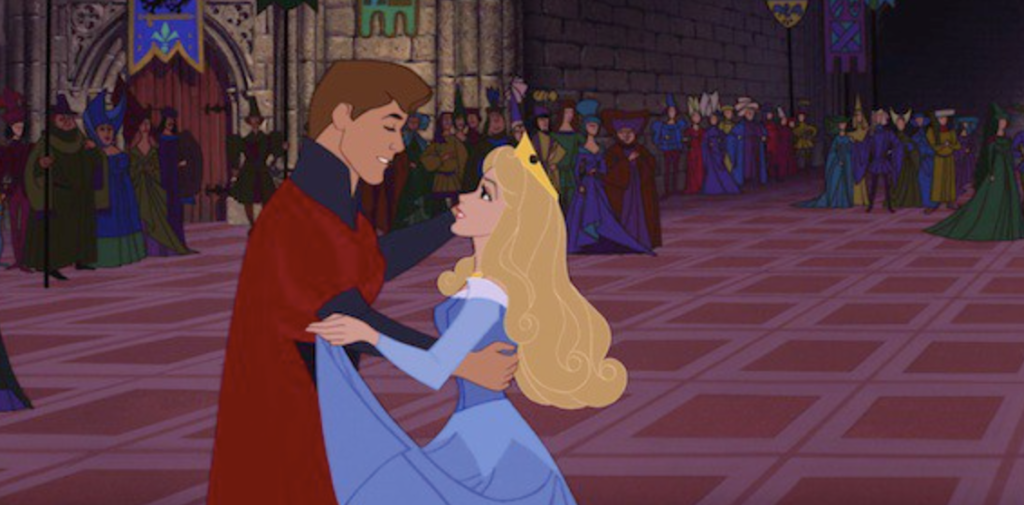
Strictly speaking, it wouldn’t be wrong to add a comma between the conjunctions in either of the examples above (that’s why I highlighted them in orange and not red). You might occasionally need the extra comma for clarity or emphasis. However, in most cases, it’s best to leave it out to avoid inundating your sentences with unnecessary commas.
Got any questions about joining independent and dependent clauses? Drop them in the comments and I’ll find an answer for you!
Learn about the 4 different kinds of sentence structures here!
Sources:
- The Chicago Manual of Style. 17th ed. Chicago, IL: The University of Chicago Press, 2017.
- Einsohn, Amy. The Copyeditor’s Handbook. 3rd ed. Berkeley and Los Angeles, California: Univ of California Pr, 2011.
